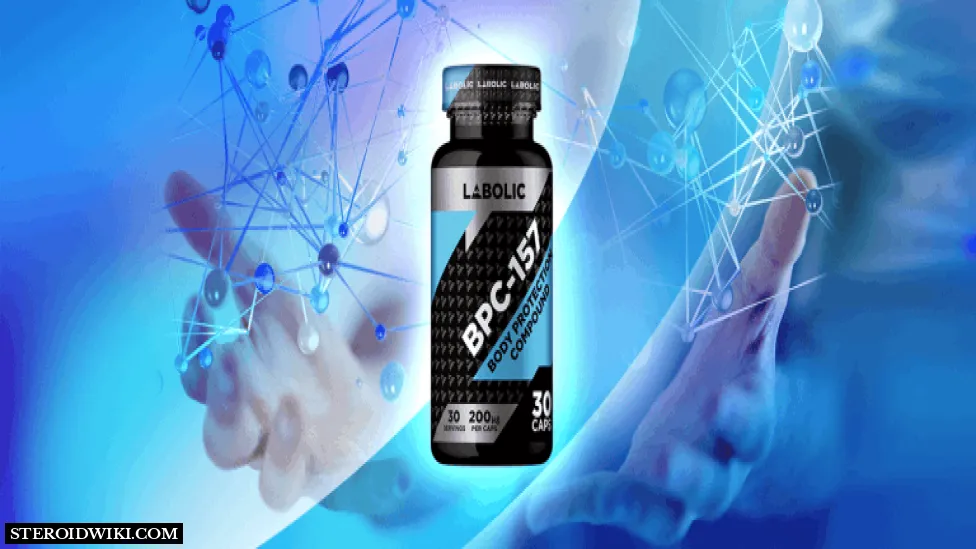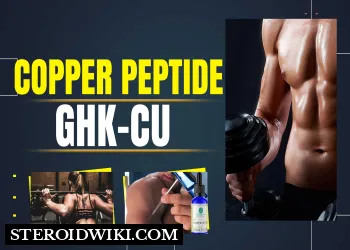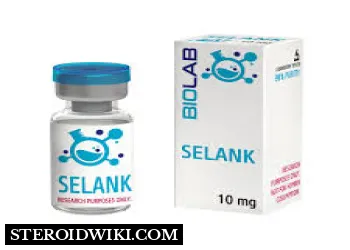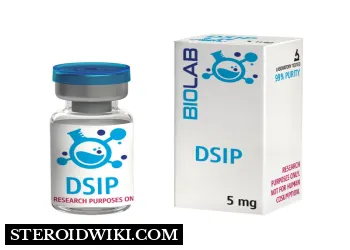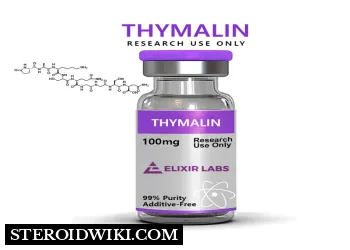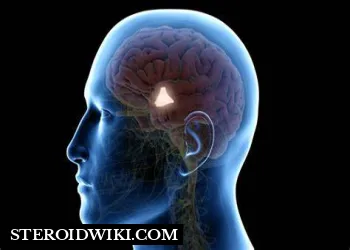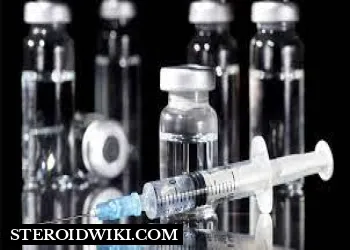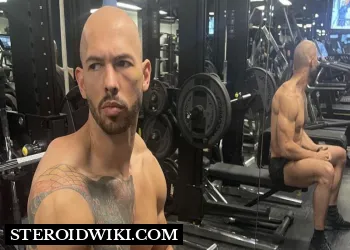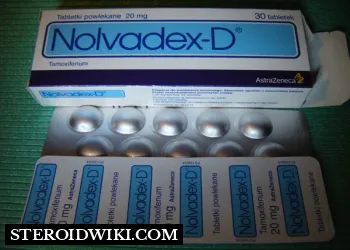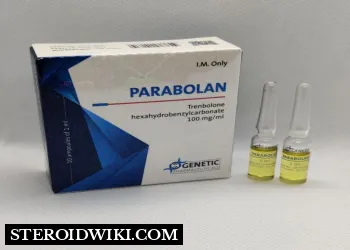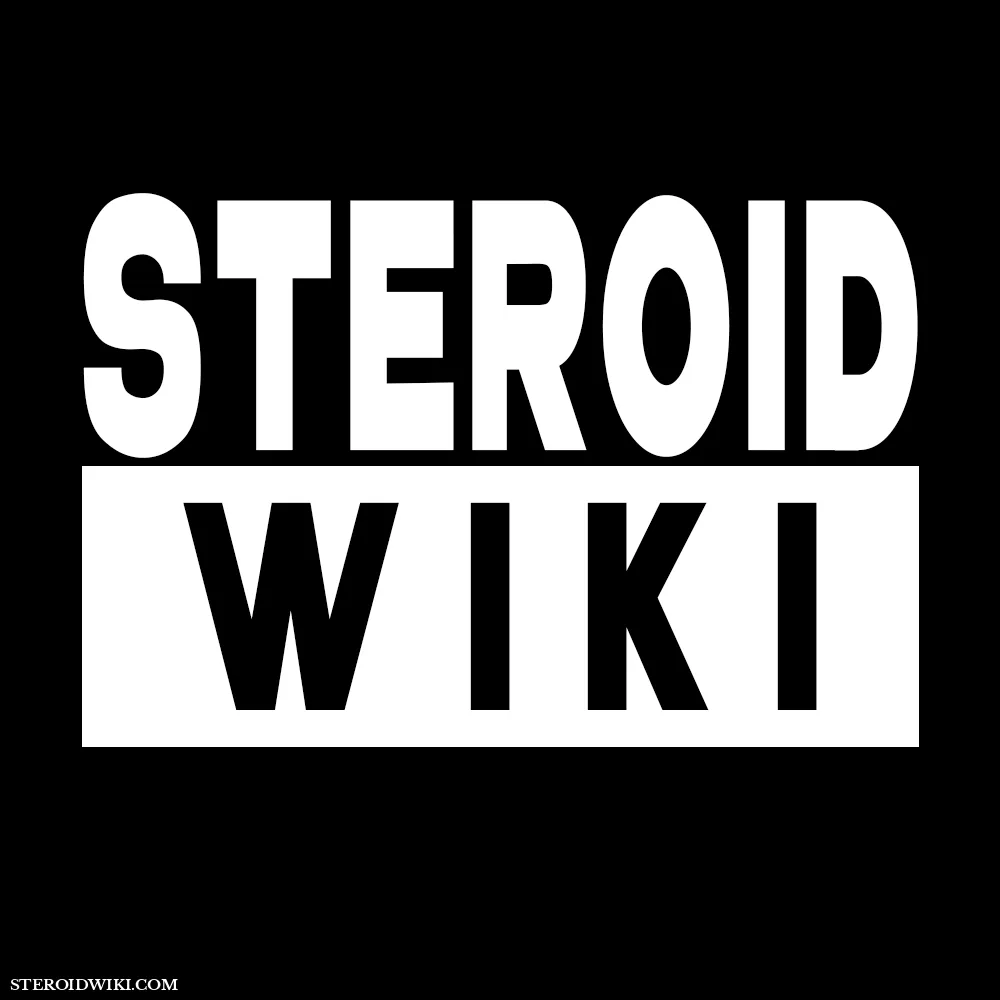BPC-157 Peptide Complete Profile, Dosage & Usage Guide
Table of Contents
Origin of BPC-157
The injection composition is primarily derived from a blend of proteins sourced from the human stomach. This peptide has shown potential in alleviating pain in injured areas of the body, making it beneficial for individuals experiencing discomfort from muscle damage. Additionally, it has been found to promote faster healing of skin burns, improve blood flow to damaged tissues, and provide support in the treatment of stomach ulcers, fistulas, skeletal system disorders, and inflammation. Notably, this unique peptide blend also possesses nootropic properties, acting as a brain booster to enhance memory and cognition in the long term. As such, it has the potential to benefit both internal and external health concerns.
What is BPC-157?
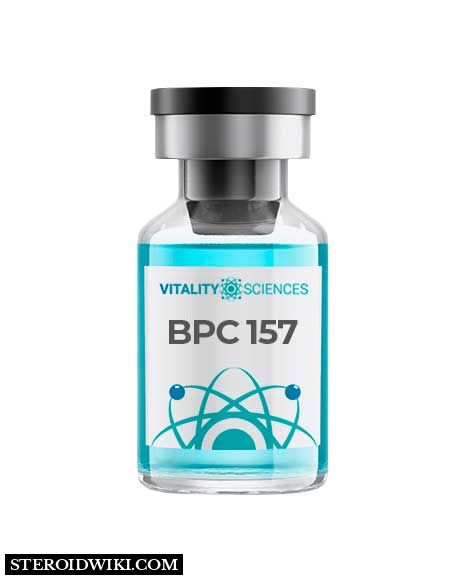
BPC-157 is a peptide composed of 15 amino acids and is derived from a protein that is naturally found in the stomach. While there is currently no human evidence to fully support its reparative properties, BPC-157 is believed to potentially enhance tissue repair when ingested or injected.
BPC-157 is known for its potential benefits in alleviating joint pain, improving joint mobility, and aiding in the recovery from injuries. It is also believed to increase vascular flow to tendons and ligaments, promoting faster healing. Additionally, BPC-157 has been suggested to aid in the healing of skin burns and damaged tissues by enhancing blood flow.
Due to its origin from a stomach protein, BPC-157 is commonly used in the treatment of stomach and intestinal conditions such as fistulas, ulcers, and inflammatory conditions like arthritis. Furthermore, BPC-157 has been shown to potentially assist individuals with organ damage.
Notably, BPC-157 may be particularly beneficial for rejuvenating tissue in persistent injuries, as it is believed to accelerate angiogenic repair. Angiogenesis, the formation of new blood vessels from existing ones, is a crucial process in wound healing and plays a role in the organization of a microvascular network.
What are BPC-157’s main benefits?
BPC-157 is beneficial in various tissues such as tendons, joints, nerves, intestinal tract, stomach, and skin. BPC-157 improves memory, cognitive functions, and general brain function, as well as protection against drug and alcohol-induced damage. Some studies suggest that BPC-157 may have potential effects in reducing body fat and aiding in weight loss, reversing opioid tolerance, and accelerating body regeneration including muscles and tissues.
BPC-157 has also been reported to potentially help with allergies, viral infections, and reducing inflammation in conditions such as arthritis. It may also have potential benefits in improving urinary tract infections and general body composition in some individuals. However, the effects and benefits of BPC-157 may vary among users and depend on factors such as dosage, frequency, and cycle duration. Combining BPC-157 with other peptide mixes or human growth hormone (HGH) may also impact the results, potentially leading to more noticeable effects in a shorter timeframe compared to using BPC-157 alone. As with any peptide or medication, it is important to consult with a qualified healthcare professional for appropriate use and dosage.
What are BPC-157’s main drawbacks?
As there is limited human evidence available, the safety profile of BPC-157 is uncertain. While studies conducted in rodents have not reported any clear toxicity or negative side effects, the research is limited and it is important to exercise caution. Consulting with a personal physician before using BPC-157 is crucial to determine safety and potential interactions with other medications.
Mild side effects such as headache, nausea, dizziness, hormone imbalances, or pain or redness where the injection was given to some people are possible. Usually transient, these side effects disappear a few hours after the injection. However, if these signs and symptoms continue, you should get medical help and talk to your doctor about it so you can figure out what's going on.
BPC-157 may interact with other prescription drugs, dietary supplements, peptides, or steroids. As a result, those who are taking other prescription drugs or dietary supplements need to be cautious and seek medical guidance. Before using BPC-157, it is important to consult a doctor if you have ever experienced allergic reactions or intolerance to a certain medication. Therefore, BPC-157 should be administered carefully
How does BPC-157 work?
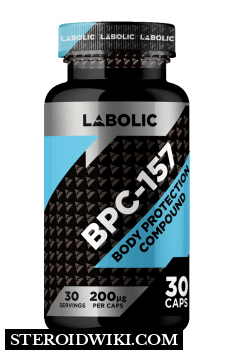
By encouraging angiogenesis—the development of new blood vessels—through increased production of vascular endothelial growth factor (VEGF), BPC-157 is thought to improve muscle and tendon repair. This capacity for regeneration may also apply to the repair of bodily harm and wounds.
BPC-157's capacity to encourage angiogenesis and tissue healing may potentially aid the gut lining in inflammatory bowel disease (IBD), where the healing of the inflamed gut lining might be sluggish.
By preventing a particular chemical known as 4-hydroxynonenal from having an inhibitory effect on growth, BPC-157 may also aid in the promotion of tendon and wound healing. Additionally, it might boost the development of growth signaling molecule receptors in tendon cells, promoting quicker recovery and healing during injury repair.
BPC-157 is also thought to have anti-inflammatory qualities, which may contribute to its benefits on ulcers, wounds, and tissue protection.
BPC-157 might also affect the function of neurotransmitters like serotonin and dopamine, which might help explain how it affects things like depression, seizures, pain, and gut health. To fully comprehend the brain's action mechanisms, more investigation is necessary.
The production of nitric oxide (NO), which has been linked to lowering blood pressure and minimizing the consequences of high potassium levels, has also been observed to increase with BPC-157.
It's important to note that while these potential benefits of BPC-157 are supported by preclinical studies and some anecdotal evidence, more research is needed, especially in human studies, to better understand its mechanisms of action and establish its safety and efficacy for various conditions. It is always recommended to consult with a qualified healthcare professional before using any new supplement or medication.
What else is BPC-157 known as?
BPC-157 is also known as:
- PL 14736
- PL-10
- Bepecin
BPC-157 should not be confused with:
- TB-500
Dosage
Medical disclaimer
The recommended doses of BPC-157 for human use are largely based on extrapolation from animal studies, particularly in rats, as there are limited human pharmacokinetic studies available. The closest possible recommended dose for oral administration of BPC-157 is estimated to be around 10 μg/kg, based on the effective dose in rats. However, it's important to note that individual responses may vary and optimal dosages for humans have not been established through rigorous clinical trials.
For a 150lb person, the estimated equivalent dose would be 110 μg of BPC-157, while for a 200lb person, it would be 145 μg, and for a 250lb person, it would be 180 μg. However, it's crucial to consult with a qualified healthcare professional before starting any new supplement or medication, including BPC-157, as they can take into account your specific health conditions, medications, and other factors to provide personalized recommendations. It's also important to choose a reputable source for BPC-157 and follow proper administration guidelines to ensure safety and effectiveness.
How To Inject BPC-157 Or Take It Orally
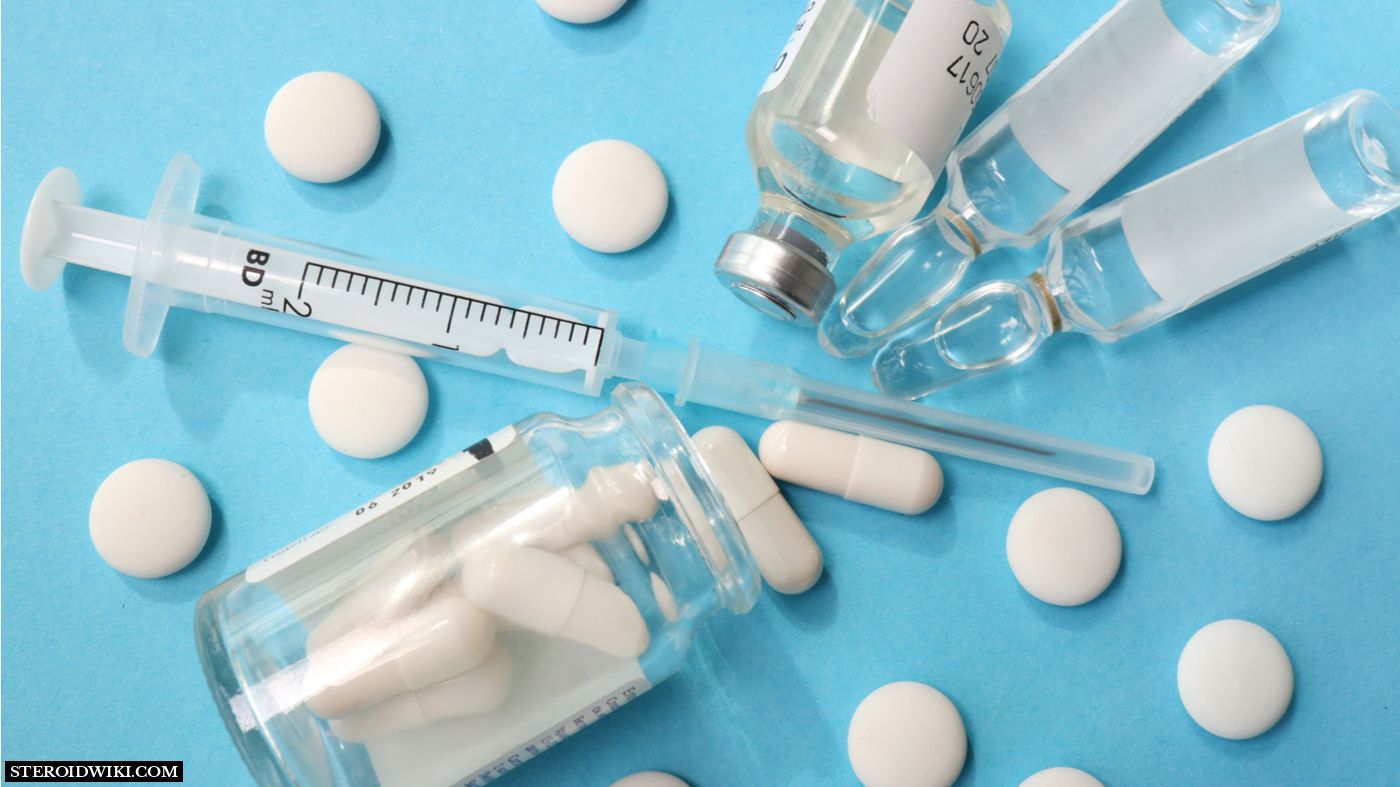
BPC-157 can be administered through
- Subcutaneous (under-the-skin) injections,
- Intramuscular (into the muscle) injections, and
- Oral administration.
Administration methods depend on personal preference, convenience, and the the injury or condition being treated.
BPC-157 is normally administered orally and intramuscular injections, the substance is injected right into the muscle.
To ensure safety, it is best to consult a healthcare provider or skilled medical provider if you are uncomfortable with needles or are confused about the recommended administration route.
For more information, visit here.

